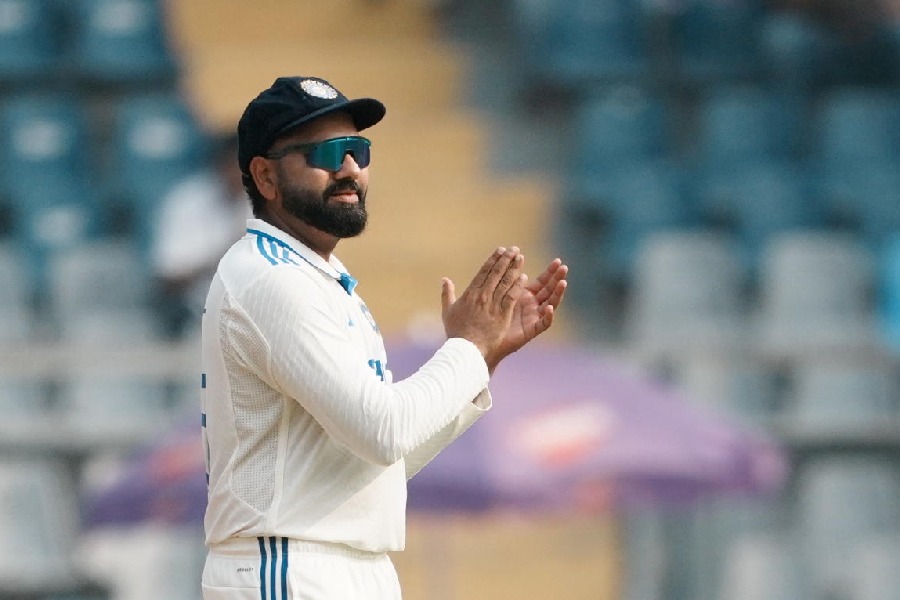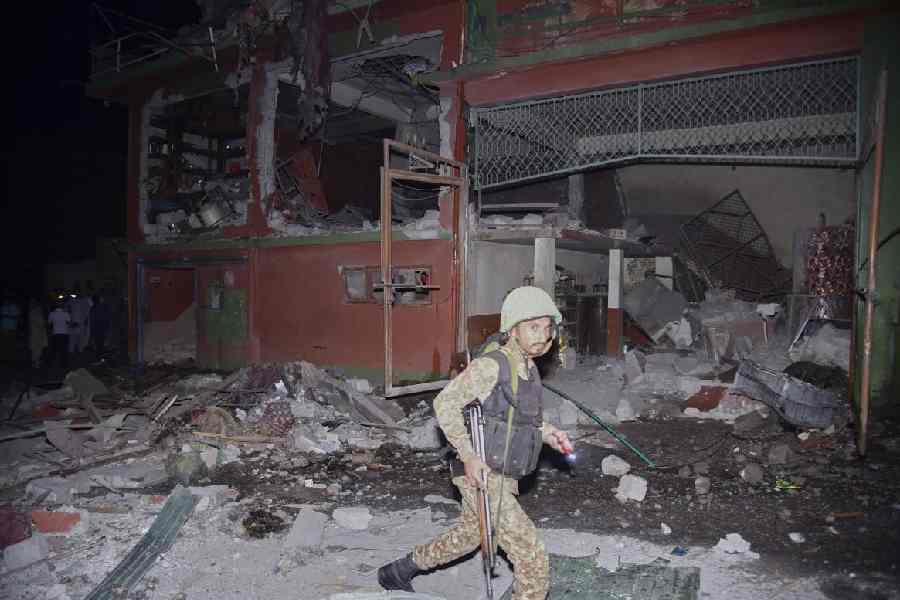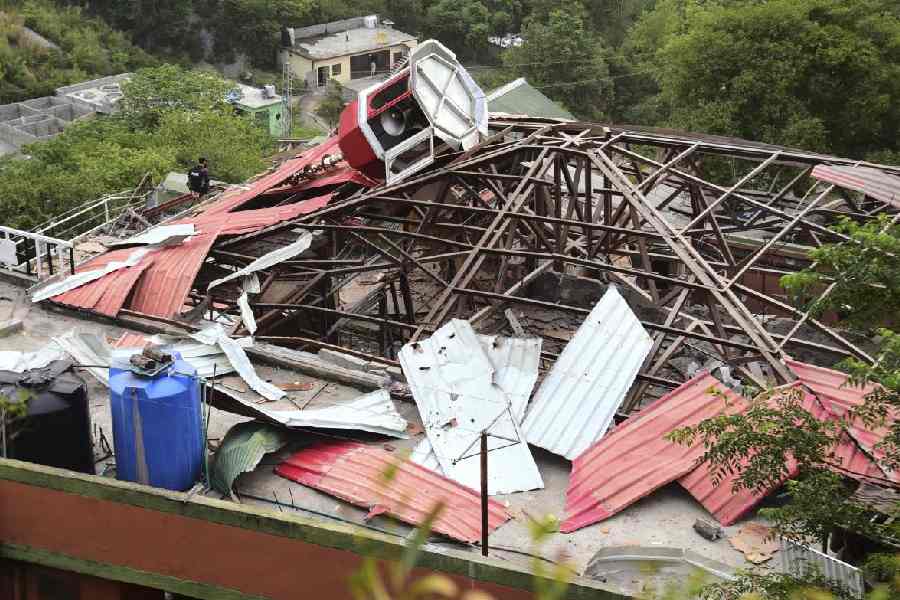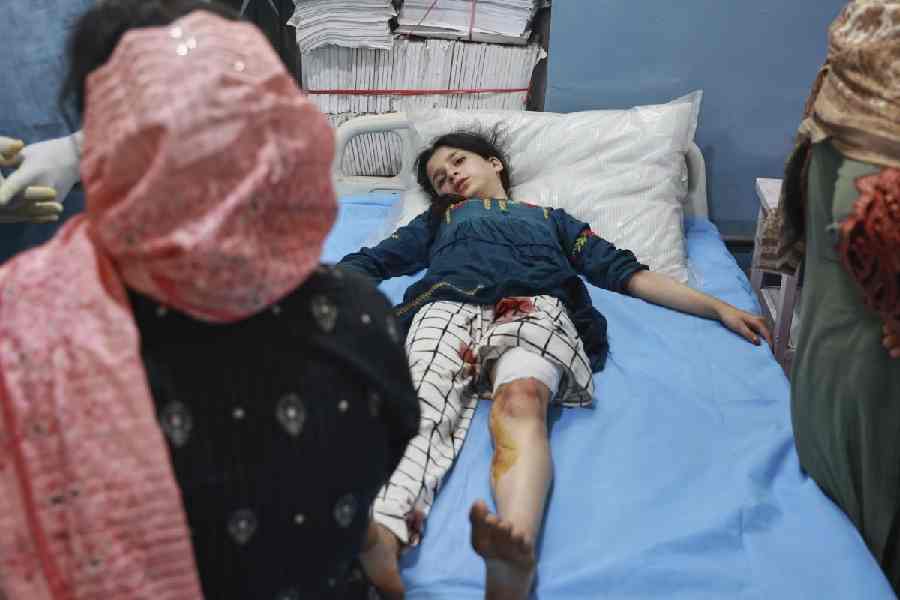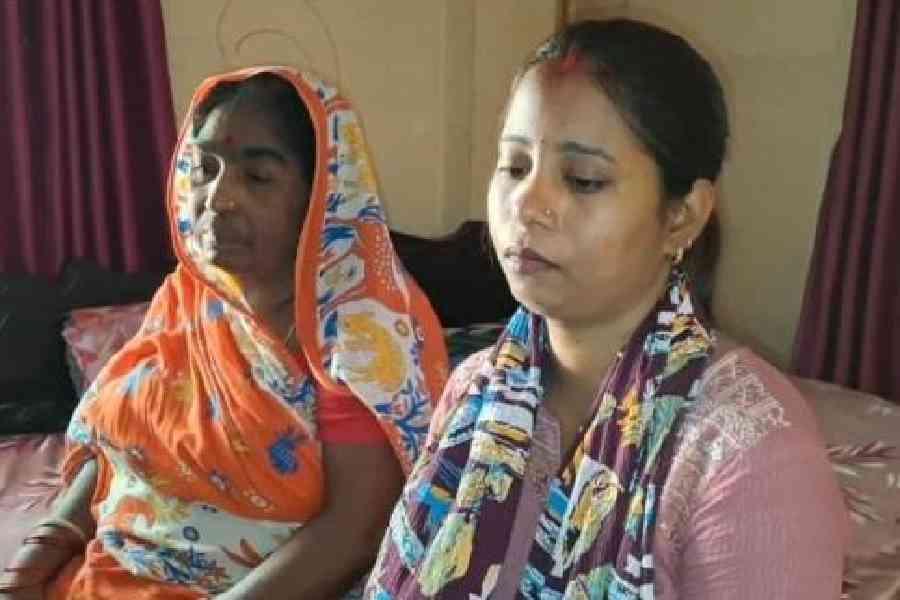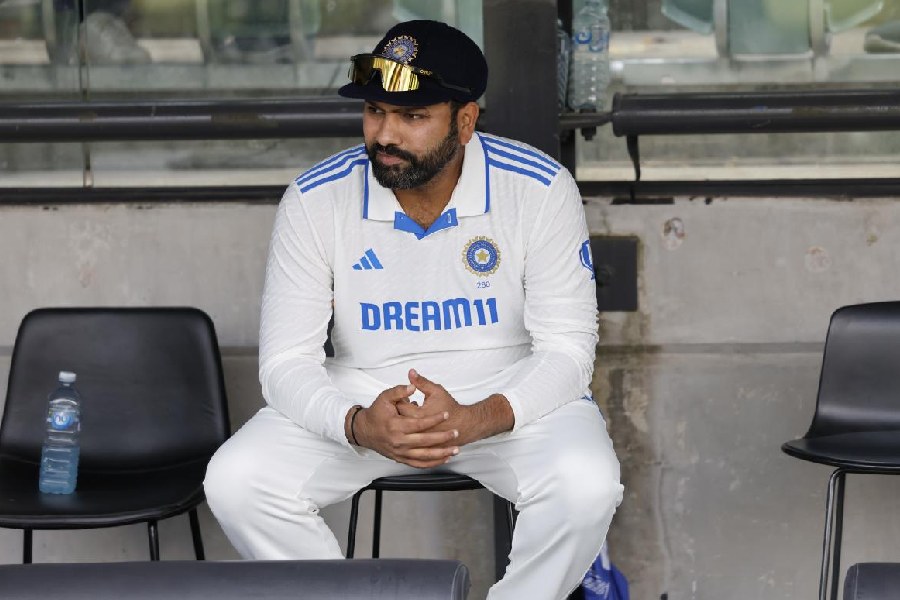 |
Hot seat
Rabi Narayan Rath, secretary, Odisha Lalit Kala Akademi
You landed in a controversy recently over finalising names for an art camp being organised by governor M.C. Bhandare on the Raj Bhavan campus. It was alleged that you recommended your own name despite being a part of the executive board of the Odisha Lalit Kala Akademi.
I never recommended my name. The selection committee (that included eminent artists Ramahari Jena, Baldev Maharatha and Manas Jena) had proposed names of some veteran artists, including mine, because it is a special event. Some other members of the Akademi’s executive board were also part of that list. But since it created a furore, we made changes in the list of participants. My name has also been withdrawn.
Do you feel this administrative post at the Akademi has cost you an opportunity to participate as an artist in such a big event?
These controversies can neither make an artist give up his passion to paint nor does it degrade his position in the art society. I have done enough work for people to recognise me. I am the first from Odisha to earn a master’s degree in sculpture. I have made a portrait and sculpture of the governor’s late wife. But why participate amidst so much opposition? Artists have two hearts. When one breaks, we survive on the other one.
You were an instructor at the Radhanath Institute of Advanced Studies, Cuttack, which is a teacher education institute. How were you chosen for your current post?
I received a letter from the state government to join as secretary of the Akademi. There is no application process for the post. I am a senior artist, who has done a lot of work in this field, conducted many exhibitions and art camps. I have the necessary experience. Perhaps, this is why the government felt I would fit the bill.
The Akademi has been criticised time and again for the poor promotion of art in the state and does not even have its own gallery yet. When will the proposed art gallery come up?
After I joined, I have been pursuing the issue thoroughly – from accompanying the architect to the proposed building to getting the money sanctioned from the chief minister. A three-storey building on the state museum premises would be converted into the art gallery. We are taking the help of eminent Odia artist Jagannath Panda, who is based in Delhi, for making it a state-of-the-art facility. I hope the work gets completed soon.
The Akademi houses rare pieces of art. What measures do you take for their preservation in the absence of a gallery?
So far, all the rare artworks have been properly maintained in one of the rooms of our building. Even the general public can come and see the art pieces. We have one dedicated employee looking after the preservation. However, a full-fledged gallery will make our job easier.
What is the budget allocation for the Akademi?
Last year when I joined, it was around Rs 29 lakh, of which Rs 5 lakh was reserved only for conducting various events. For this year, we have received Rs 75 lakh from the government. Besides the regular exhibitions and award functions, we are planning to organise many more programmes to encourage our artists.
Artists allege that only a couple of events are organised every year by the Akademi and it does not serve the art community as it should. What steps are you taking to make art more visible?
Art workshops or exhibitions cannot be organised within a short time frame. We have around 120 Sunday art schools in the state for budding artists and are doing our best to hold as many events as we can to promote art. But, I feel glad that the consciousness is gradually growing. You can see art everywhere, adorning the walls of houses to beautifying the roadside.
But most people still prefer to buy cheap paintings instead of spending money on original pieces of art. Doesn’t this discourage you as an artist?
There are many people in Odisha, who respect art and are willing to splurge on artworks. For instance, an industrialist would never buy a painting or a sculpture from an amateur but would approach a reputed artist. Even professors, doctors and bankers, who have a lot of money, always go for original artworks.
Don’t you agree that art, as a career option, is not lucrative in the state?
For a good artist, money has never been and will never be a problem. It does not matter if you are in Odisha or Delhi or London. One can be self-employed and carve a niche for one self.
Leaving no ‘stone’ unturned
Rabi Narayan Rath is a name to reckon with in the field of art, his forte being stone sculpture.
Born and brought up in Puri, Rath got his bachelor’s degree in fine arts from Visva-Bharati University in Santiniketan and completed his post graduation from M.S. University, Baroda, in 1989. After that, he joined the government-run Parshuram Institute of Advanced Study in Education, Sambalpur, where he taught art and aesthetics subjects.
Two years later, he moved to the Radhanath Training College, Cuttack, where he was teaching until he was appointed as the secretary of the Odisha Lalit Kala Akademi last March for a three-year term. The post had been lying vacant for six months following the death of his predecessor Byomakesh Mohanty.
He is the recipient of the Orissa State Lalit Kala Akademi (1985), Shreekshetra Shree and Utkal Jyoti (2002) and the International Prativa Samman (2004 and 2005) for his contribution in the field of art and sculpture.
Rath found himself in the thick of a controversy after his name was included in the list of the participants for an art workshop currently being organised at Raj Bhavan with the help of the Akademi. A group of artists alleged that his participation, as the Akademi secretary, was in violation of rules.
Following criticism from several quarters, the list was modified and the names of artists, who were part of the selection committee and the Akademi executive board, were withdrawn.
What would you have been had you not been an artist?
This question reminds me of a school assignment.
One of our teachers had asked us to write a letter to a friend about our ambitions in life. I remember, I had written that I wanted to be an artist.
So, I am fortunate that I have been able to achieve my goal. I cannot think of an alternative career option. When I was a kid, I used to spend the evenings on the verandah of our house, drawing images of gods and goddesses while all my friends would be playing cricket or football.
I think I was destined to become an artist.


